News
Model S Scores 5-Star Rating in Euro NCAP Crash Test
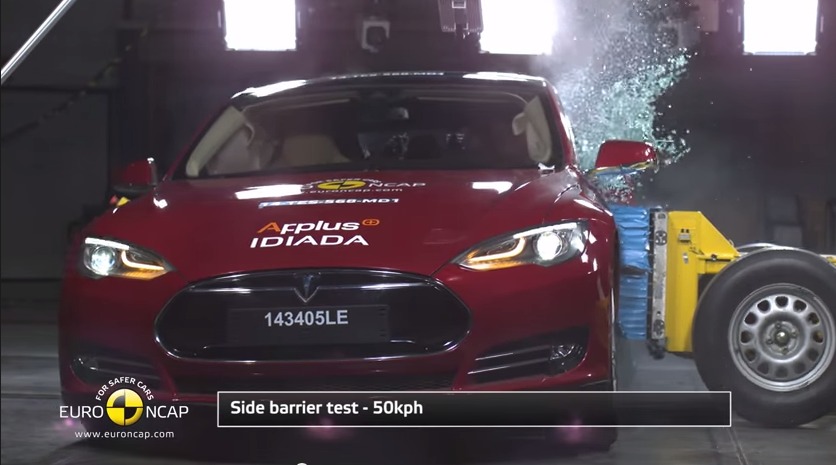
Euro NCAP, the leading organization that provides independent safety and crash testing to motoring consumers across Europe awarded the Tesla Model S with a perfect 5-star rating.
The organization ranked the Model S based on safety for the following categories: adult occupant, child occupant, pedestrian, and safety assist features. Euro NCAP scored the Model S with exceptionally high scores for its side impact protection however frontal impact dummy kinematics indicated that head protection did not fare. Testing indicated that there was insufficient inflation in the airbag to prevent the head from flattening out the airbag and coming in contact with the fascia.
According to Euro NCAP, “Tesla investigated the issue and found an error in the airbag calibration software supplied by the vendor. Euro NCAP has been informed that this error has been corrected in all vehicles supplied to customers.”
See the full results of the Tesla Model S safety and crash testing below.
[learn_more caption=”Safety Test Results” state=”open”]
Tesla Model S Euro NCAP Safety Test Results:
Adult Occupant
The passenger compartment remained stable in the frontal impact. Readings from the passenger dummy indicated good protection of all body areas except the head. Analysis of the dummy kinematics showed that the airbag on the passenger side had ‘bottomed out’ i.e. there was insufficient inflation to prevent the head flattening the airbag and coming into contact with the facia, through the airbag material. Although the calculated injury parameters were not hazardous, protection of the passenger head was penalised and rated as adequate. Dummy readings indicated good protection of the knees and femurs of the driver and passenger. Tesla showed that a similar level of protection would be provided to occupants of different sizes and to those sat in different seating positions. In the side barrier test, the Model S scored maximum points with good protection of all body regions. In the more severe side pole test, dummy measurements of rib compressions indicated marginal protection of the chest. Protection against whiplash injury in the event of a rear-end collision was rated as good for the front and rear seats.
Child Occupant
The Model S scored maximum points for its protection of the child dummies in the dynamic tests. Both dummies were seated in rearward-facing restraints and showed good protection in the frontal impact. In the side impact, both dummies were properly contained within the protective shells of their restraints, minimising the risk of head contact with parts of the vehicle interior. The front passenger airbag can be disabled through the user menu, allowing a rearward-facing restraint to be used in that seating position. However, the interface is not clear in all languages about the actions being taken to set the airbag status and the system was not rewarded. All of the restraints for which the car is designed could be properly installed and accommodated with the exception of the Group I universal restraint in the rear outboard seats. While the seat could be installed, the seat cushioning made engagement of the ISOFIX probes difficult. Integral child restraints are available as an optional third row in the Model S.
Pedestrian
The Tesla is equipped with an ‘active’ bonnet. When the system detects that a pedestrian has been struck, actuators lift the bonnet to provide greater clearance to hard structures underneath. Tesla showed that the system detects all statures robustly over a range of speeds and the car was tested with the bonnet in the deployed position. Protection was adequate or marginal over most of the surface of the bonnet with poor results recorded only at the base of the windscreen and on the stiff screen pillars. The bumper offered predominantly good protection to pedestrians’ legs while the front edge of the bonnet gave good results towards the centre of the car but poor results at the outside edges.
Safety Assist
Electronic stability control is standard equipment on the Model S. A seatbelt reminder is standard for the front and rear seats, as is a lane departure warning system that met Euro NCAP’s requirements. The Model S has a speed assistance system that can recognise the local speed limit and issue a warning to the driver when that limit is exceeded. The Model S is not equipped with an autonomous emergency braking system.
[/learn_more]
ALSO SEE: [Video] Tesla Model S Drifting at Gumball 3000 Festival

Lifestyle
Elon Musk seemingly confirms Cybertruck gift to 13-year-old cancer fighter
Diagnosed in 2018 with a rare form of brain and spine cancer with no cure, the teen has undergone 13 surgeries by the time he was 12.
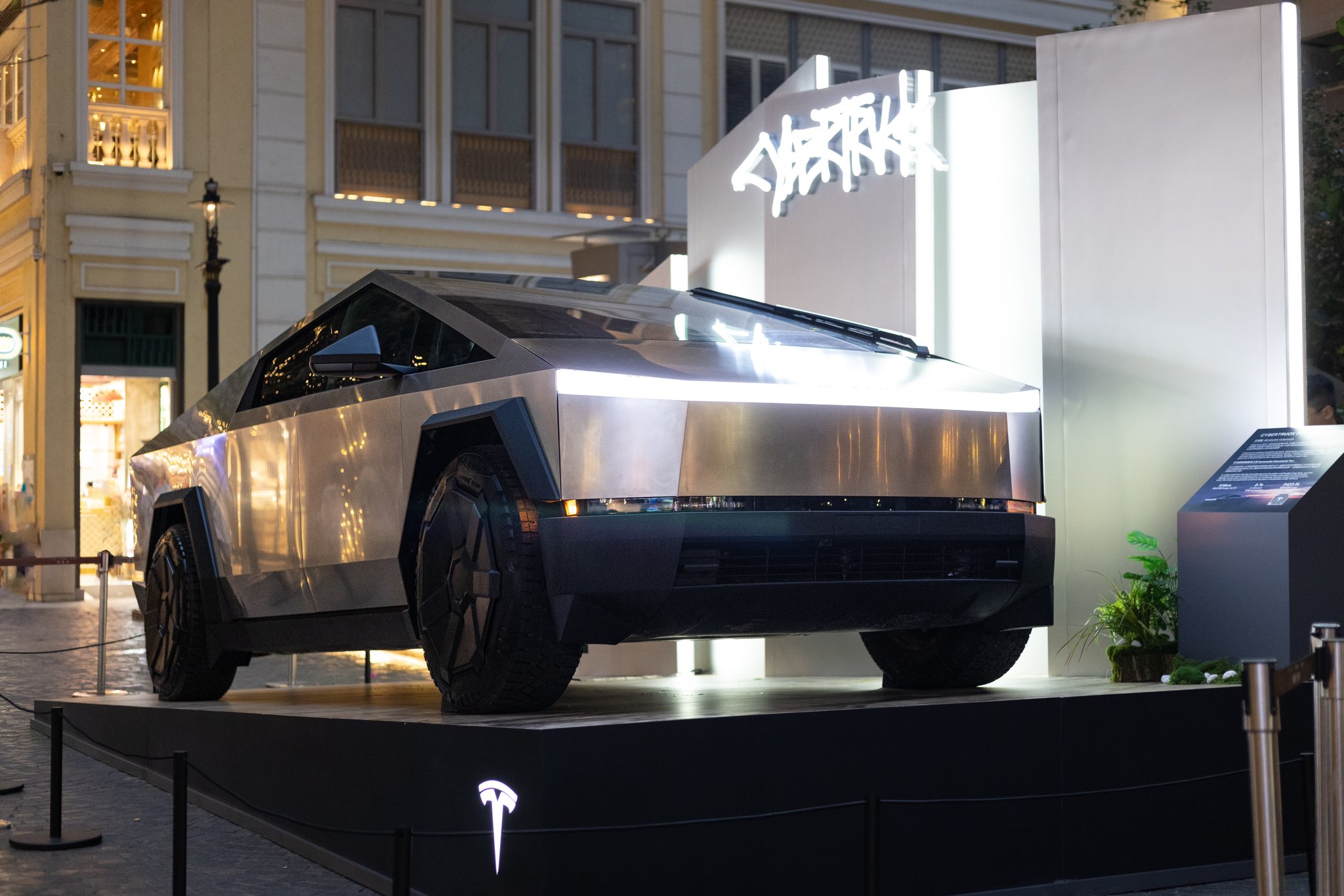
Elon Musk has seemingly confirmed that he will be sending a Tesla Cybertruck to 13-year-old Devarjaye “DJ” Daniel, a 13-year-old Houston boy fighting brain cancer. The teen was recognized as an honorary Secret Service member by U.S. President Donald Trump during his address to Congress on Tuesday.
A Chance Meeting
The Tesla CEO’s Cybertruck pledge was mentioned during DJ’s short interview with CNN’s Kaitlan Collins. When Collins asked the 13-year-old what he told the Tesla CEO, DJ answered that he asked for a Cybertruck.
“I said, ‘can you do me a big favor, when you get back to Houston can you send us a Cybertruck down there?’” the cancer fighter stated.
Daniel noted that Musk responded positively to his request, which was highlighted by Collins in a post on X. Musk responded to the post with a heart emoji, suggesting that he really will be sending a Cybertruck to the 13-year-old cancer fighter.
Teen’s Cancer Battle Inspires
Diagnosed in 2018 with a rare form of brain and spine cancer with no cure, Daniel has undergone 13 surgeries by the time he was 12. During his speech, Trump highlighted the 13-year-old’s long battle with his disease.
“Joining us in the gallery tonight is a young man who truly loves our police. The doctors gave him five months at most to live. That was more than six years ago. Since that time, DJ and his dad have been on a quest to make his dream come true,” Trump stated.
Daniels officially received an honorary badge from U.S. Secret Service Director Sean Curran, to much applause during the event.
Surprisingly Partisan
While Daniels’ story has been inspiring, Trump’s focus on the 13-year-old cancer fighter has received its own fair share of criticism. MSNBC host Nicolle Wallace, while referencing Daniels’ love for law enforcement, noted that she is hoping the 13-year-old never has to defend the U.S. capitol against Trump supporters. “If he does, I hope he isn’t one of the six who loses his life to suicide,” Wallace stated.
Anti-Musk and Trump accounts on X have also thrown jokes at the cancer fighter’s honorary badge, with some dubbing the 13-year-old as a “DEI hire” that should be looked into by DOGE.
News
Arrest made after Tesla Salem site attacked with Molotov cocktails
The suspect faces a federal charge of illegally possessing an unregistered destructive device.
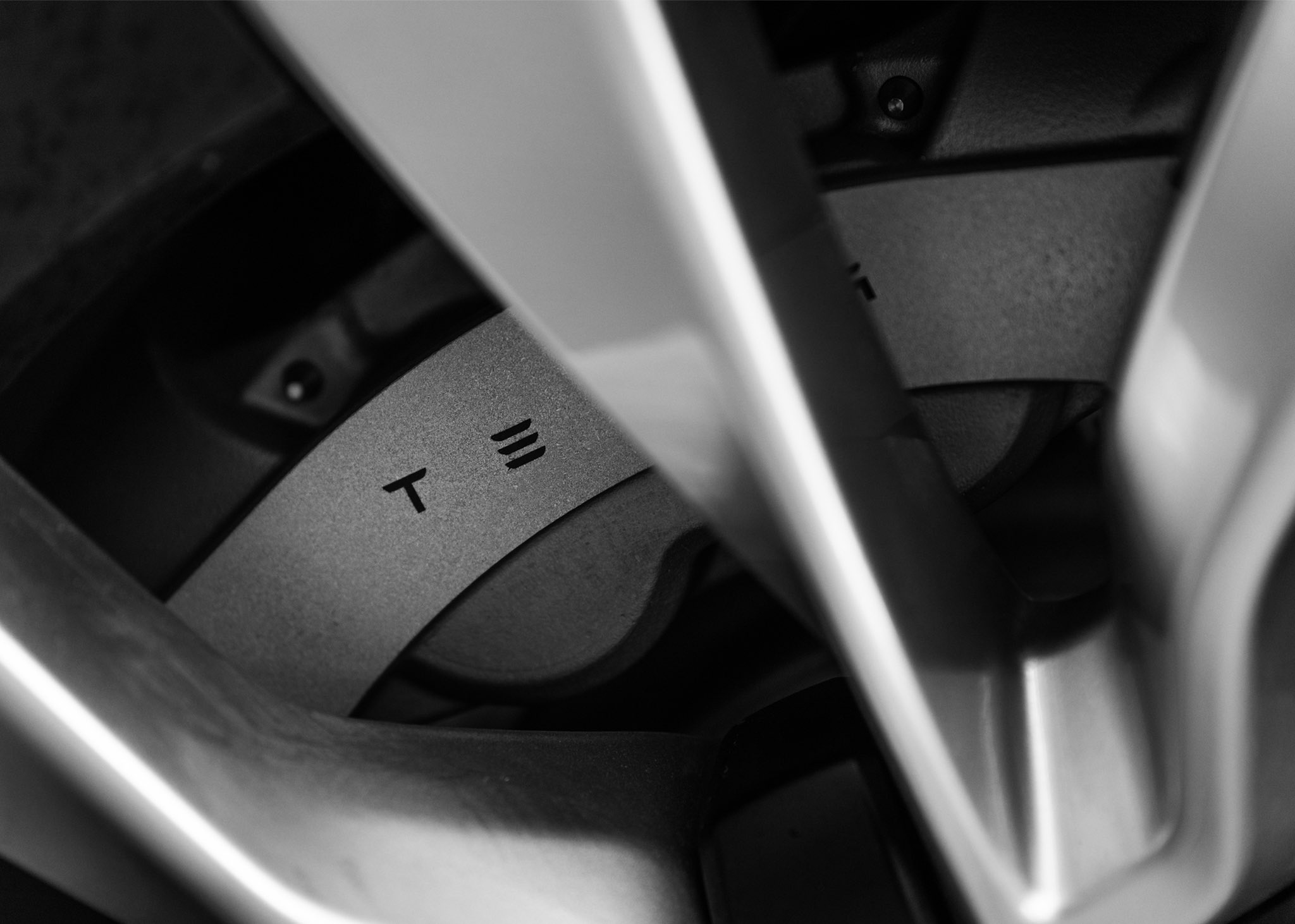
A 41-year-old Salem man was arrested Tuesday for allegedly throwing Molotov cocktails at a Tesla store on January 20. Court documents indicated that the man’s attack caused around $500,000 in damages.
The suspect faces a federal charge of illegally possessing an unregistered destructive device, which were described as Molotov cocktails. Seven vehicles were damaged and one was destroyed in the attack on the Tesla location.
Fires Erupt at Tesla Store
At 3:45 a.m. on January 20, Salem Police responded to reports of Molotov cocktails being thrown at the Tesla store. Officers found a fire on the sidewalk and another in a parked vehicle’s rear. An eyewitness noted that someone thew five or six objects during the incident, as noted in a report from the Statesman Journal.
Suspect Caught on Camera
Surveillance footage showed the man throwing a “Molotov Cocktail-style device” at a truck, which bounced off without igniting. He also aimed an AR-15-style rifle at a witness who was driving away. The suspect hurled a rock through the Salem Tesla store’s window as well.
A patrol car’s camera captured the suspect’s vehicle nearby, tying him to the scene. Surveillance video, fingerprints on glass bottles recovered at the scene, and a vehicle registered to the man led ultimately to his arrest.
Tesla Vandalism Trend
Tesla stores across the United States and abroad have been the target of vandalism incidents as of late, thanks in part to CEO Elon Musk’s increasing involvement in politics and his close work with U.S. President Donald Trump. Interestingly enough, previous reports have indicated that the Salem Tesla store was also the victim of an attack last month, when gunfire shattered widows at the location.
News
Tesla Model Y tops South Korea import sales in February 2025
The Tesla Model Y that performed well in South Korea last month was the Model Y classic, which is already being phased out.
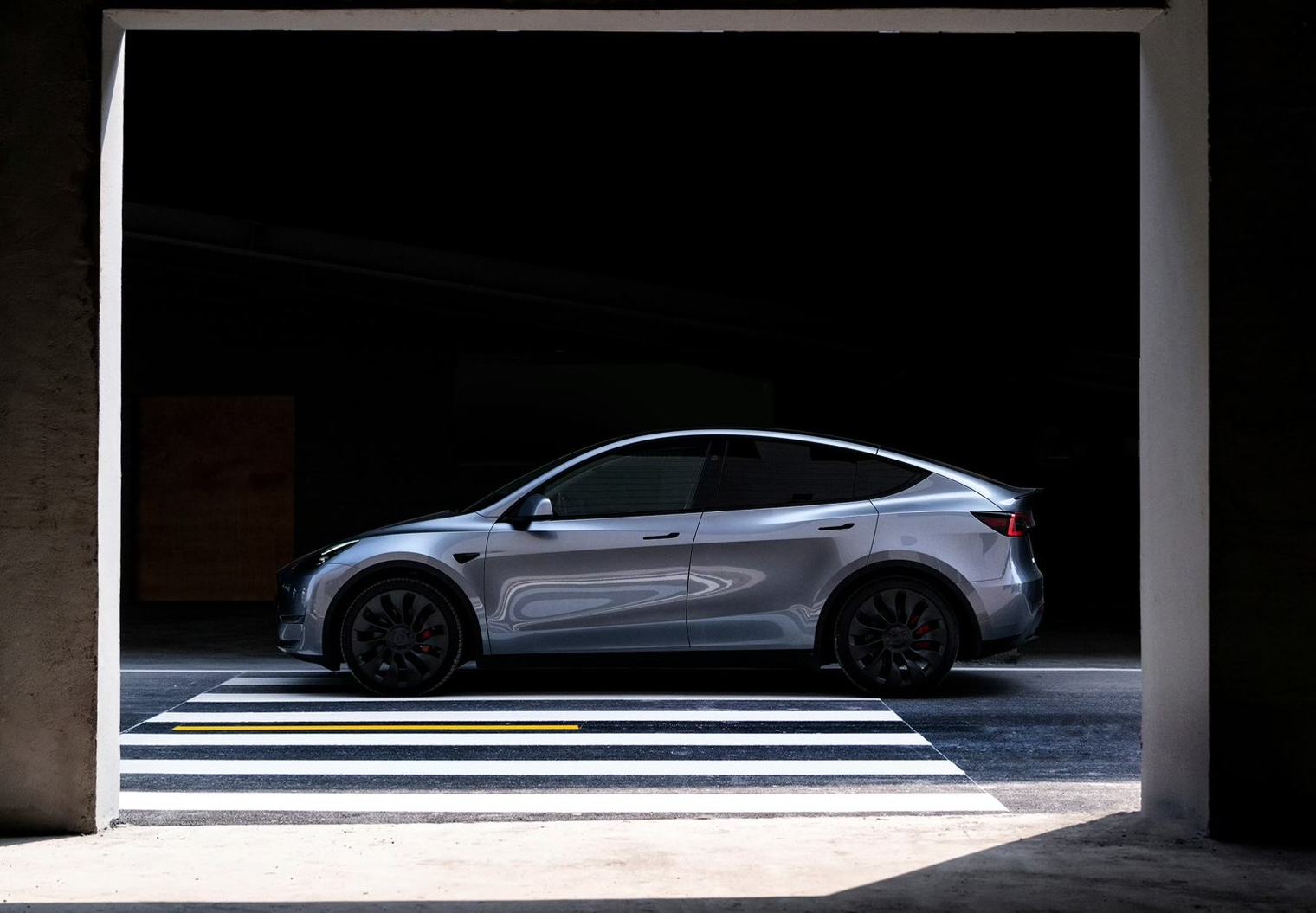
The Tesla Model Y led South Korea’s imported car market in February 2025 with 2,038 units sold, as per data from the Korea Automobile Importers & Distributors Association (KAIDA).
Total imported passenger car registrations in South Korea climbed 24.4% to 21,199 units from 16,237 a year ago. Tesla ranked third at 2,222 units, behind BMW (6,274) and Mercedes-Benz (4,663).
Model Y Classic Still A Strong Seller
The Model Y that performed well in South Korea last month was the Model Y classic variant, which Tesla is already phasing out. Its strong sales highlight Tesla’s strong presence in South Korea, where BMW beat Mercedes-Benz for the top brand spot last month.
Following the Tesla Model Y classic in the country’s import segment was the Mercedes-Benz E-Class and the BMW 5 Series. Tesla’s overall 2,222 registrations for February trailed BMW and Mercedes-Benz, but they surpassed Lexus (1,337) and Volvo (1,046), as per a report from Viva100.
Import Fuel Mix
Hybrids led South Korea’s import registrations with 13,013 units (64.4%), followed by EVs at 3,757 (18.6%) and gasoline at 3,226 (16%). Diesel lagged at 203 units (1%). A look at these numbers suggests that the Tesla Model Y classic commanded the lion’s share of South Korea’s EV imports last month.
What the KAIDA Vice Chairman says
KAIDA Vice Chairman Jeong Yoon-yeong issued a comment about the results:
“In February, new registrations of imported passenger vehicles increased compared to the previous month due to the registration of electric vehicles following the confirmation of electric vehicle subsidies and the new car effect of some brands,” the KAIDA executive noted.
-
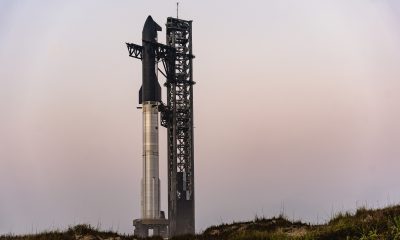
 News1 day ago
News1 day agoSpaceX announces Starship Flight 8’s new target date
-

 News2 days ago
News2 days agoTesla launches fresh U.S. promotions for the Model 3
-
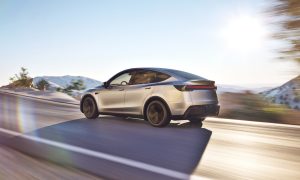
 Elon Musk3 days ago
Elon Musk3 days agoTesla mulls adding a new feature to fight off vandals as anti-Musk protests increase
-
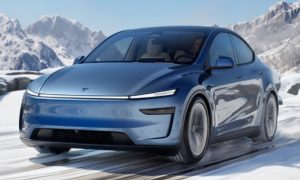
 News4 days ago
News4 days agoTesla’s lead designer weighs in on plans for these two Model Y colors
-
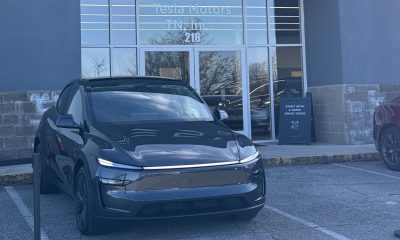
 News3 days ago
News3 days agoTesla starts Model Y ‘Launch Edition’ deliveries in the U.S.
-
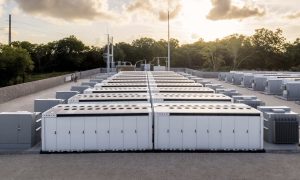
 Energy1 day ago
Energy1 day agoTesla lands in Texas for latest Megapack production facility
-
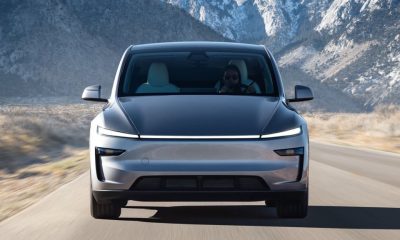
 Elon Musk3 days ago
Elon Musk3 days agoTesla gaining with Republicans as it loses traction with Democrats: Stifel
-
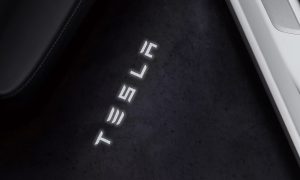
 News2 days ago
News2 days agoOne dozen Teslas burn in arson attack in France, investigation underway





